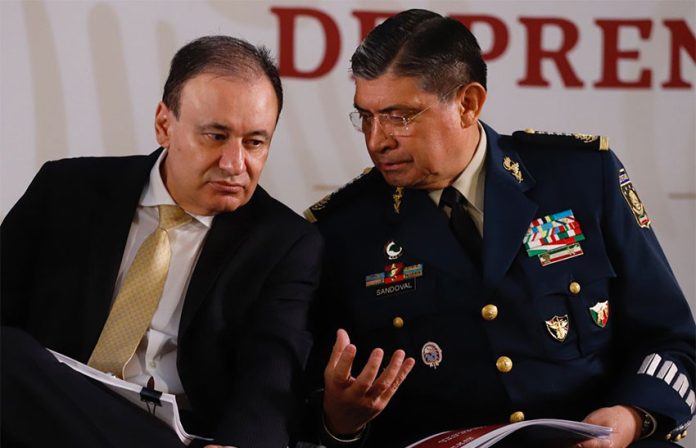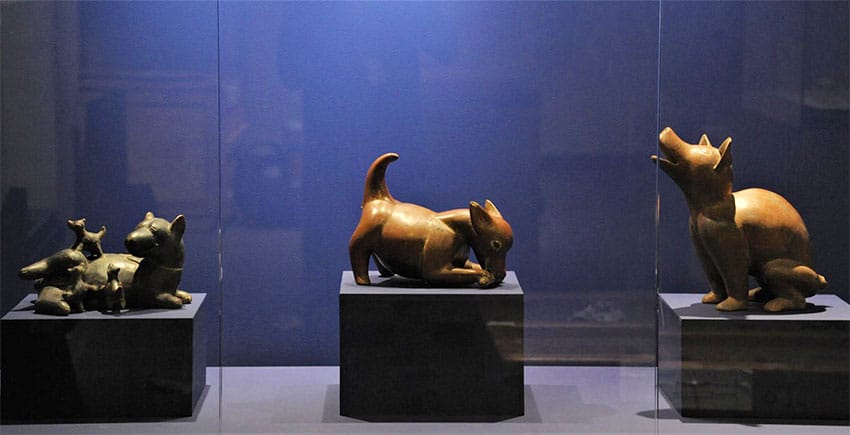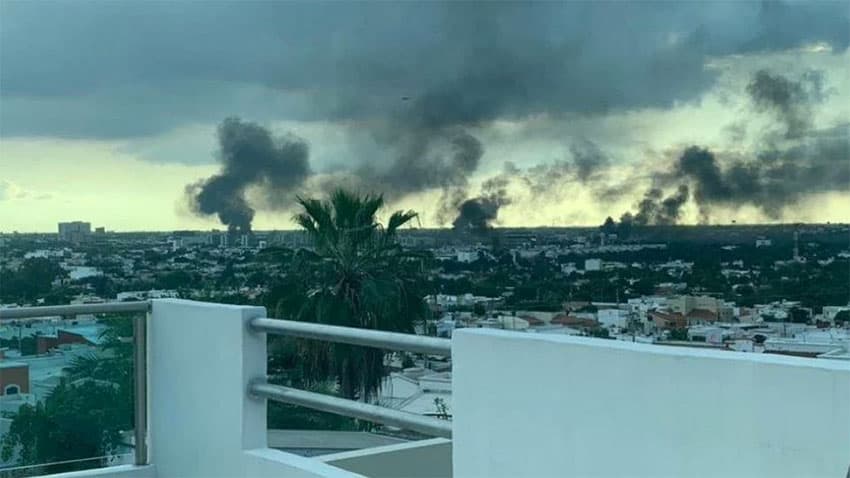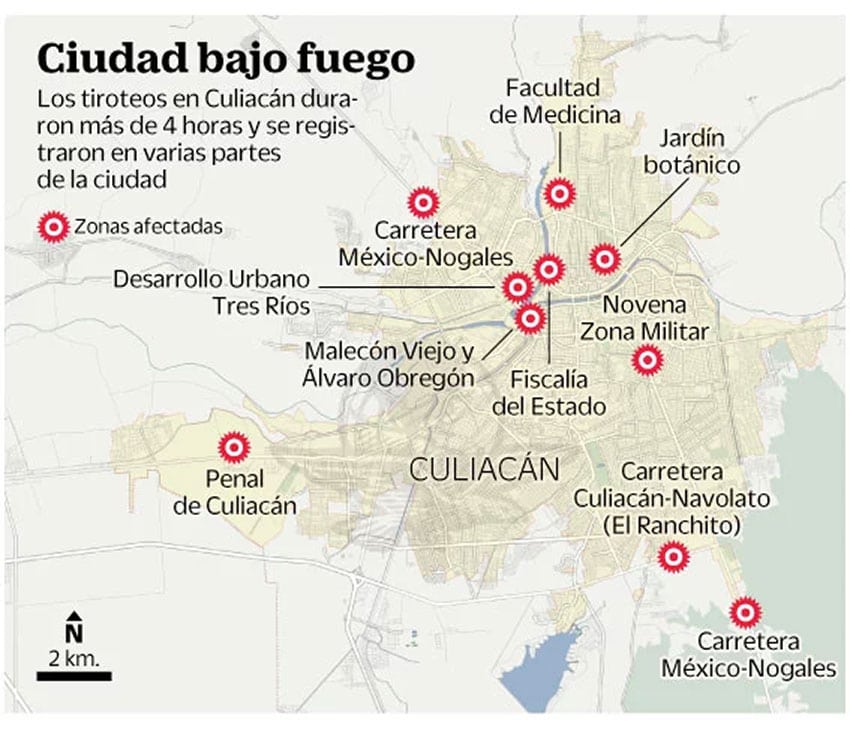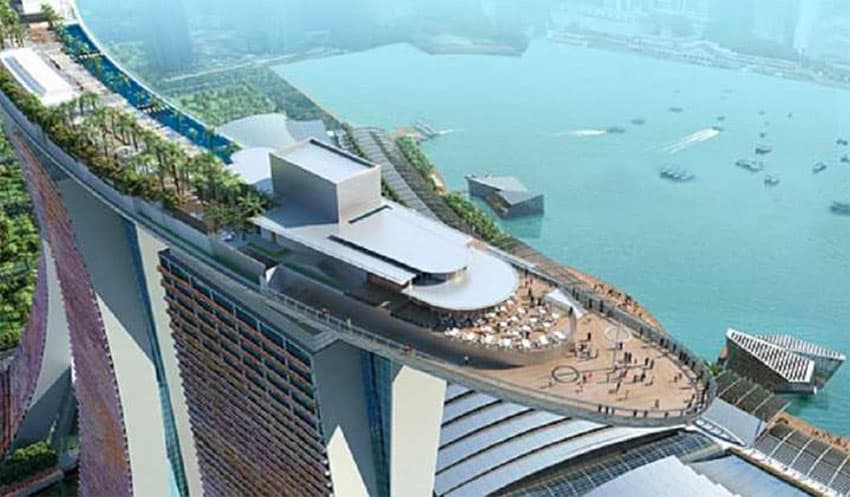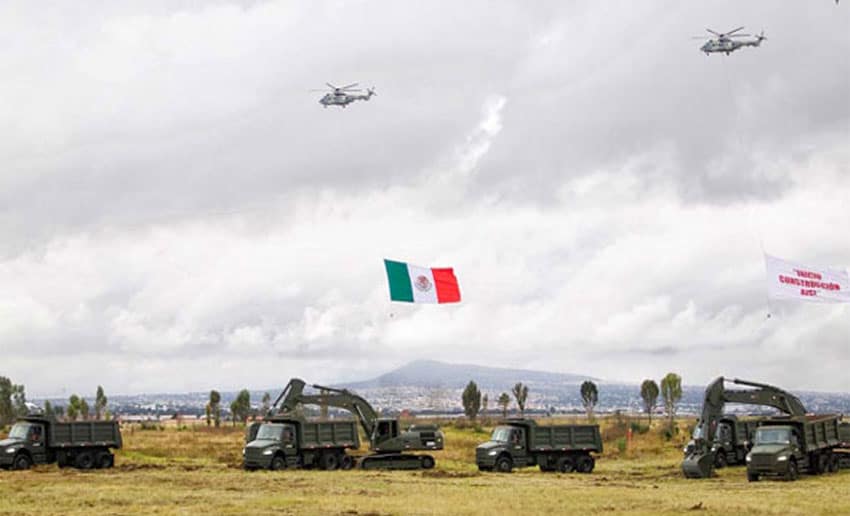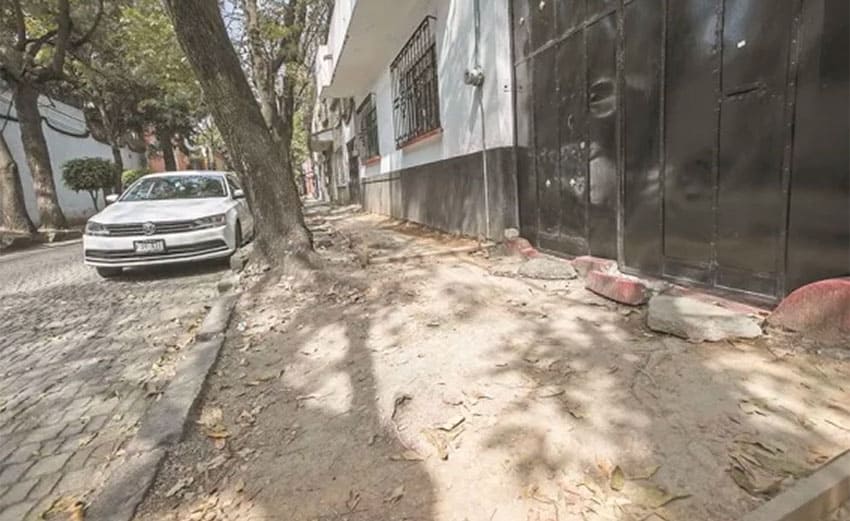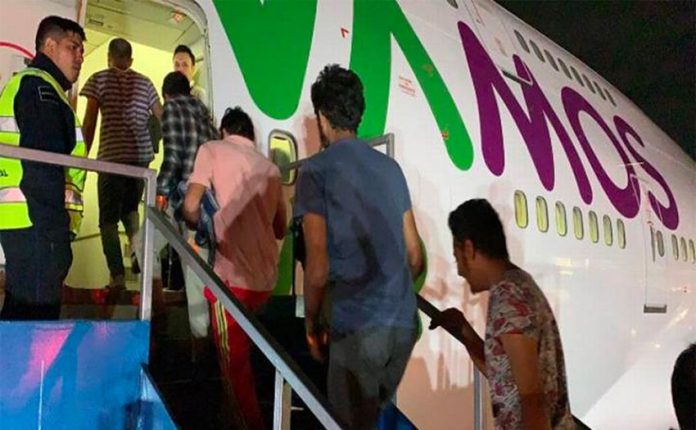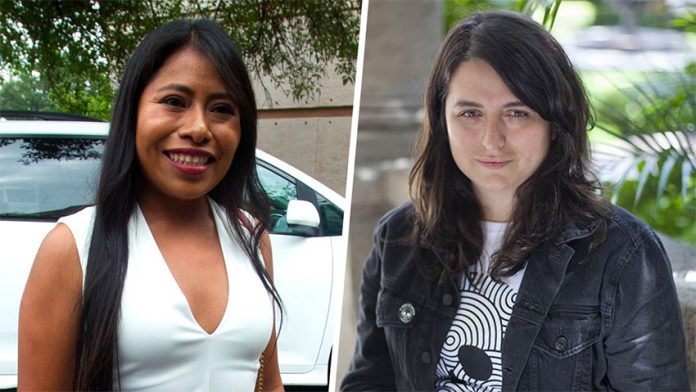Federal security officials admitted on Friday that the operation to capture a son of Joaquín “El Chapo” Guzmán in Culiacán, Sinaloa, on Thursday was poorly planned and hastily executed.
National Defense Secretary Luis Cresencio Sandoval told a press conference in the northern city that Federal Police officers, soldiers and National Guard members who participated in the operation to apprehend Ovidio Guzmán López “acted in a hasty manner” due to “their eagerness to obtain positive results.”
The arrest of the 28-year-old Sinaloa Cartel leader triggered a wave of attacks that terrorized residents of the Sinaloa capital on Thursday afternoon and left eight people dead.
The security forces released Guzmán López after they were outnumbered by armed criminals who quickly surrounded the house in which he had been detained.
Sandoval said that police, soldiers and guardsmen failed to anticipate the consequences that the arrest of the cartel leader would have.
“It doesn’t mean that [the operation] was improvised,” he said, explaining that an initial act of aggression toward the federal forces occurred as they were waiting for a search warrant to enter the house.
“They didn’t envisage that [the cartel response] could reach” such a level, said Sandoval, who also asserted that while Guzmán López was detained, he was never formally arrested.
“. . . It was a mistake made by personnel who were hasty in their actions, who were seeking . . . the safety of society, the safety of all of you . . .” the army chief said.
However, the violence that followed the operation threatened citizens across Culiacán.
Sandoval said that eight people were killed in gunfights and 16 others were wounded. A civilian, a member of the National Guard, a prison guard and five aggressors were killed, he said.
Among the wounded were seven soldiers, five guardsmen, two municipal police and one state police officer. The defense secretary said there were 14 separate acts of aggression against security forces and that blockades were set up by cartel hitmen at 19 different locations in Culiacán.
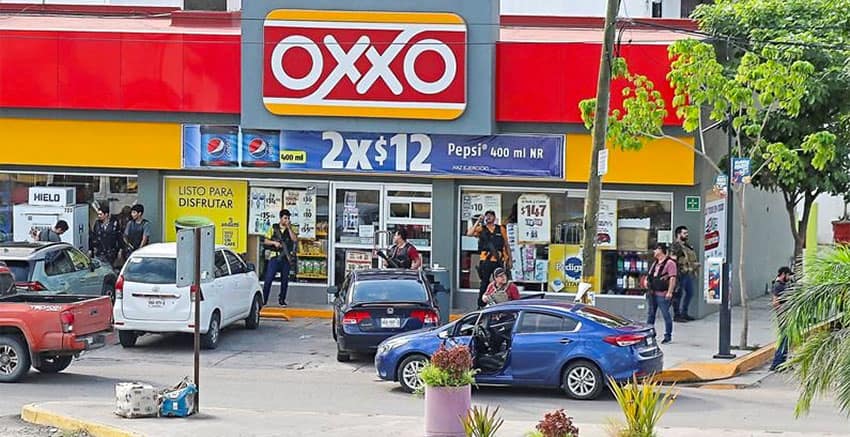
More than 50 prisoners escaped from a Culiacán penitentiary during the violent chaos that engulfed the city and 49 remained at large on Friday morning, Sinaloa Security Secretary Cristóbal Castañeda said.
A video on social media showed dozens of inmates running down the road outside the prison and commandeering private vehicles at gunpoint to make their escape.
At this morning’s security cabinet press conference, federal Security Secretary Alfonso Durazo – who said on Thursday night that Guzmán López was arrested during a routine patrol rather than a targeted operation – asserted that the release of the cartel leader was not evidence of a “pact with criminals” or a “failed state” but rather the result of a “failed operation.”
He also said that eight soldiers and one army officer were “held and later released by criminals.” Some media reports have suggested that the release of the military personnel was in exchange for setting Guzmán López free.
The release of the 28-year-old son of “El Chapo” shortly after he was arrested – and the Sinaloa Cartel’s takeover of Culiacán with an unprecedented show of strength – is a major embarrassment for the federal government, which has pledged to bring peace to Mexico but has instead seen homicide rates reach record levels.
Despite the bungled operation and ensuing violence, Durazo ruled out any possibility that he would resign, stating that he remained committed to achieving peace in Mexico.
At a press conference in Oaxaca this morning, President López Obrador said he supported the decision to release Guzmán López.
“I was in agreement [with the decision] . . . because we can’t have massacres . . . the capture of a criminal cannot be worth more than people’s lives,” he said.
However, security experts and others were highly critical of the decision and many people contended that the government simply folded when confronted with the overwhelming firepower of the Sinaloa Cartel.
“There is nothing admirable about this decision,” prominent security analyst Alejandro Hope wrote on Twitter. “By launching a badly planned operation that was then badly executed, the government laid itself open to being blackmailed.”
Hope also retweeted a post by Twitter user Jorge A. Castañeda Morales that read: “Durazo lied to the face of all Mexicans. He must resign.”
Morena party lawmaker Tatiana Clouthier, who served as López Obrador’s campaign manager during last year’s presidential election campaign, also criticized federal and Sinaloa security authorities for not having a well-thought-out plan to capture Guzmán López and failing to foresee the violent response from his cartel allies.
“I believe that the authorities should have had a complete strategy and they should have thought, visualized, that a complicated situation was going to be unleashed . . .” she said.
The government also came under fire for not providing details about the events in Culiacán until several hours after the violence started.
“First it was an operational disaster. Then it was a communications disaster. And finally it was a political disaster,” tweeted Carlos Bravo Regidor, a professor at CIDE, a Mexico City university.
It has been a particularly difficult week for Mexico’s security forces: before the violence in Culiacán, 13 state police officers were killed in a cartel ambush in Michoacán on Monday and a soldier was killed in a confrontation with suspected gangsters in Guerrero on Tuesday.
Fourteen presumed criminals were killed in the latter clash, which occurred just outside the city of Iguala.
Source: El Financiero (sp), Reforma (sp)
